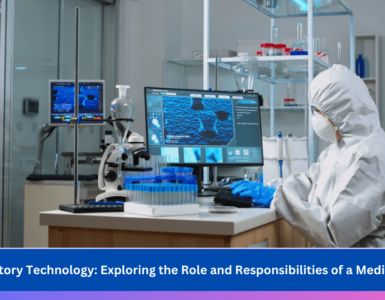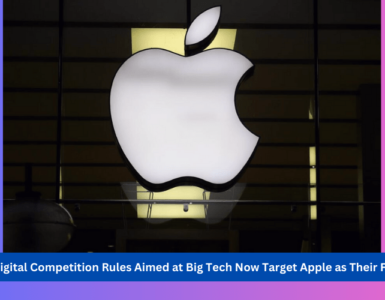A subfield of forensic science known as “digital forensic science” specializes on the recovery and examination of data from digital devices that is connected to cybercrime. Computer forensics was the original meaning of the word “digital forensics.” Since then, it has broadened to include any device that has the ability to store digital data.
Although the Florida computers legislation and the first known computer crime were both in 1978, it wasn’t until the 1990s that the term “computer crime” came to be accepted. Regulations on digital forensics didn’t start to arise until the beginning of the twenty-first century.
Identification, preservation, analysis, and documentation of digital evidence is the technique of digital forensics. When necessary, this is carried out in order to provide evidence to a court of law.
When Is the Use of Digital Forensics in a Business Environment?
Digital Forensics is indeed a vital step in the process of incident response for businesses. In order for law enforcement to use the data about a criminal incident, forensic investigators must identify and document it. In a courtroom, the guidelines governing this procedure are frequently crucial in demonstrating guilt or innocence.
An Investigator in Digital Forensics: Who Is He?
A person who is motivated to follow the trail of evidence and virtually solve a crime is a digital forensics investigator. Imagine that a corporation experiences a security breach that results in data being stolen. In this case, a computer forensic investigator would be called in to assess how attackers got onto the network, how they moved around it, and what they did there, including whether they stole data or installed malware.
In similar situations, a digital forensic investigator’s job is to recover information including documents, images, and emails from computer hard disks and other data storage devices, like zip and flash drives, that have been lost, destroyed, or in any other way altered.
Brief History of Digital Forensics
Looking back at the development of digital forensics, it is clear that law enforcement at the time had a limited grasp of how to use these techniques. However, throughout the 1970s and 1980s, members of federal law enforcement agencies with an expertise in computers made up the majority of the forensics team. Since the majority of documentation occurs digitally, data storage was the primary point of contention for law enforcement. It is undeniable that the authorities spent a lot of time seizing, keeping, and examining the documents. In this case, the FBI introduced the Magnet Media program, which was the first recognized digital forensics initiative, in 1984.
Other methods to spot cybercriminals when they breach computer systems were created as a result. The first honeypot trap was developed in 1986 by Cliff Stoll, a Unix system administrator at Lawrence Berkeley National Laboratory. The proliferation of child pornography online eventually led to a professional uptick in digital forensics.
Interest in digital forensic inquiry was also influenced by the conflict between Iraq and Afghanistan. In parallel, digital forensics was crucial in obtaining the proof-related information from the various content accumulated by American soldiers during the conflict. In its Rules for Civil Procedure, the United States enacted a mandated rule for electronic discovery in 2006.
Using Digital Forensics in Investigations
Cyber forensic investigators are adept at decrypting data using a variety of programs and devices. Depending on the kind of cybercrime they are investigating, investigators employ a variety of emerging tactics.
Locating the origin of the cyber attack and retrieving destroyed material are among the duties of cyber investigators. After being gathered, the data is then archived and translated so that it can be presented in court or for further investigation by the police. A case study on unsolved cases and computer forensics can help people understand the importance of the field in indictable offences.








